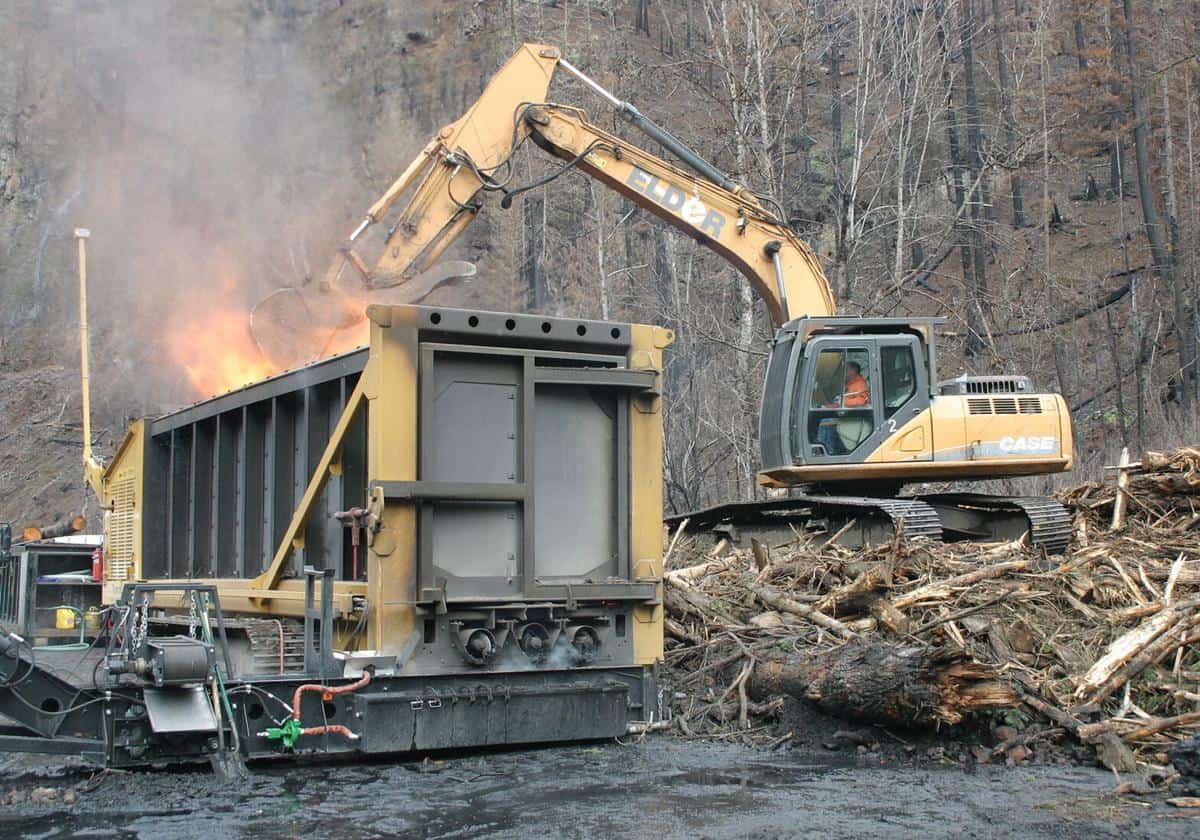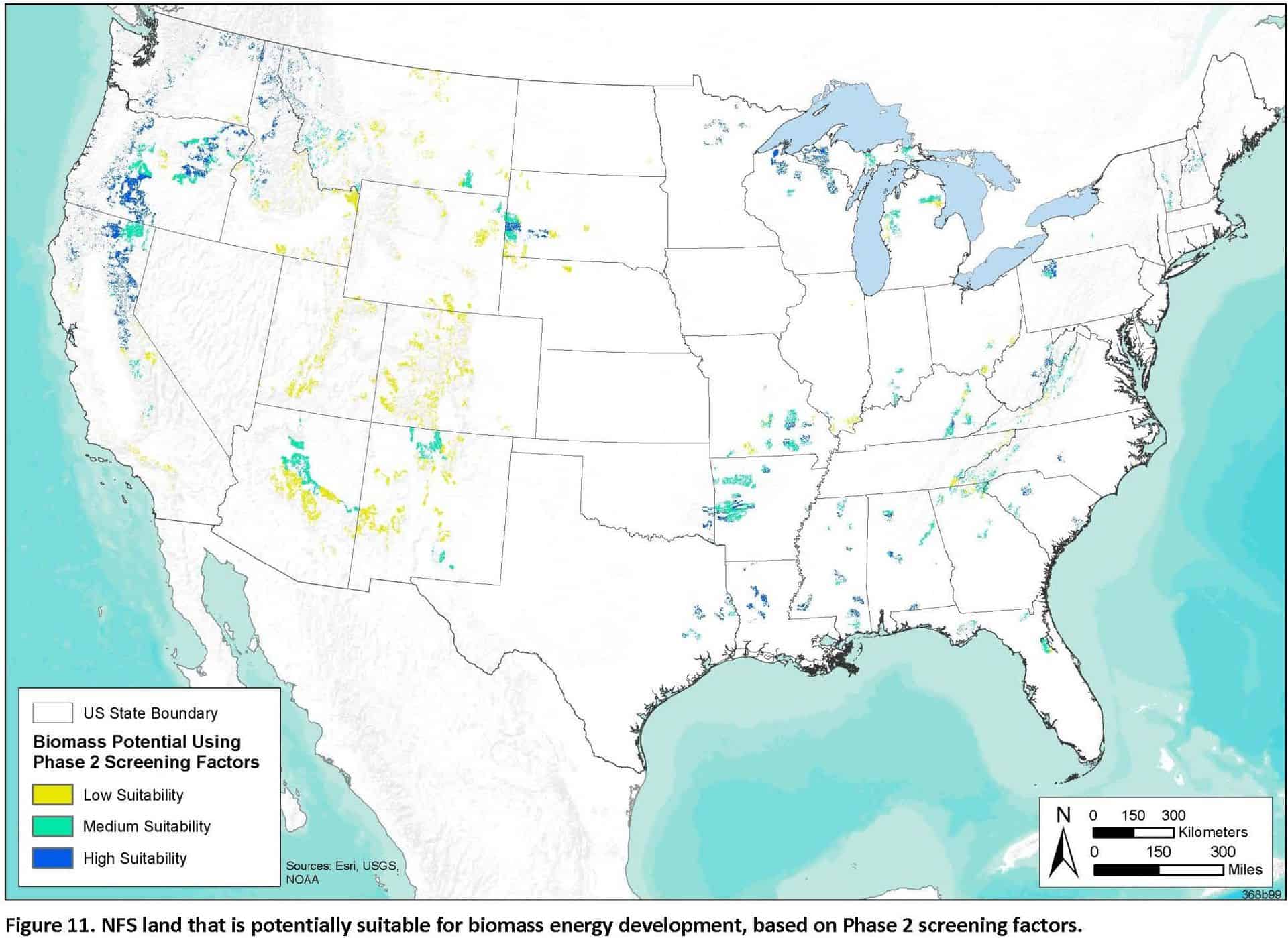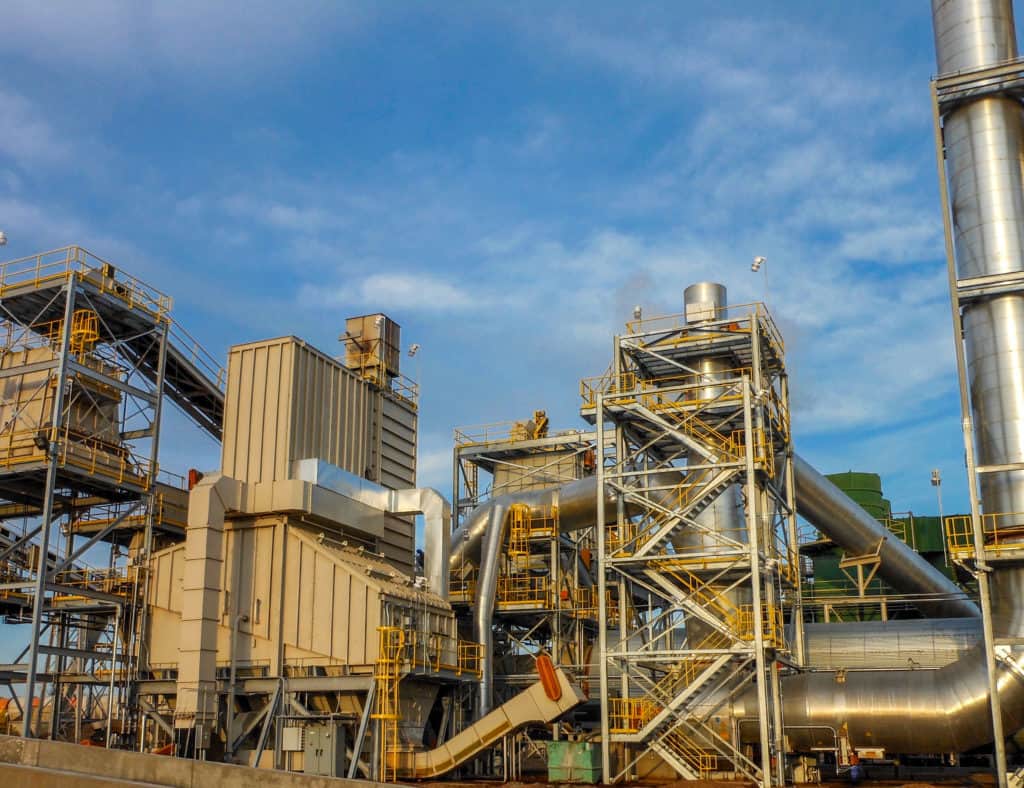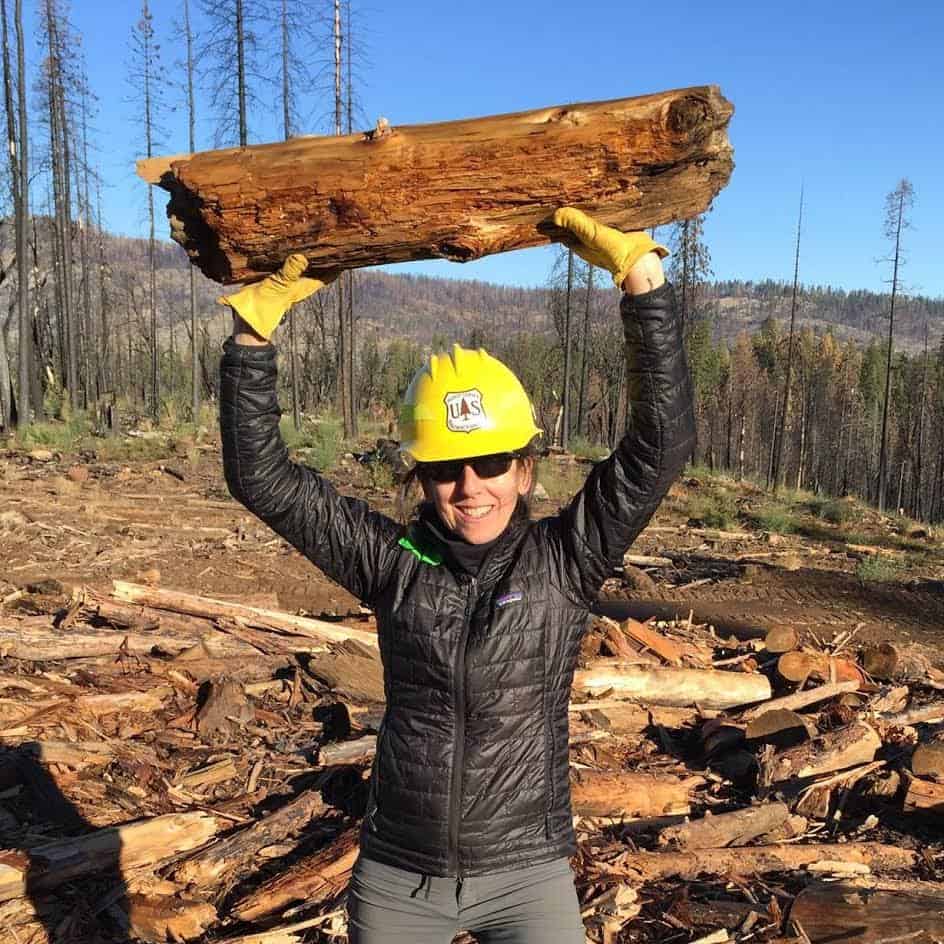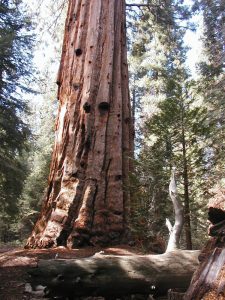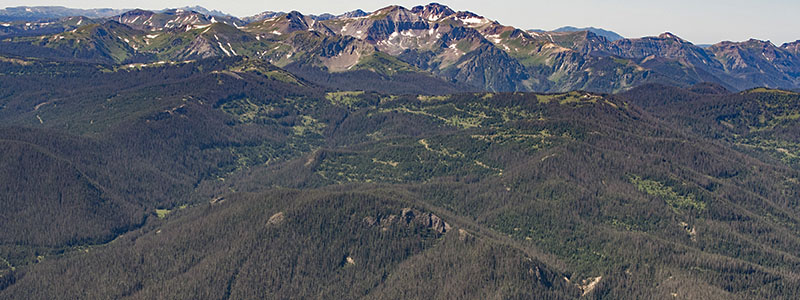This is an unusual post for TSW.. there’s only a couple of times I’ve posted something about contacting Congress. If you live in a state with a Republican Senator and forest thinning for fuel reduction (Montana, Idaho, Wyoming, Utah), please consider contacting your Senator. This is a guest post from Brad Worsley of Novo BioPower in Arizona.
Biomass power generation can be a tough business! Unlike other power sources, using a non-homogenous fuel source brings complications when trying to create power. Imagine fuel like solar radiation, or Natural Gas, or pulverized coal…each brings a very constant and steady input of energy. Now imagine ground wood that comes in all different sizes, moisture content, BTU content, etc. If you combine that reality with the risk of being an independent power provider you might ask, why do we do it? The answer…it is personal to us! We felt the heat of catastrophic wildfire as it burned through our properties and changed the forest around our homes for generations. We recognize that we are helping resolve a generational issue and we want to make a difference. Senator John McCain said that fire and water are the two largest natural resource issues Arizona will face in the next 100 years. Novo Power is the keystone in the effort to restore our forests, mitigate high intensity fire, and restore the watershed function of our National Forests in Arizona. The issue that Novo Power faces is the reality that the renewable electron is not worth what it used to be worth. The high cost associated with renewable energy historically allowed forest restoration to piggy back but now with renewable energy at a fraction of what it used to cost, we face the reality that the renewable electron is the 4th or 5th most valuable part of what we do each day. Forest restoration, watershed mitigation, clean air, economic impact, increasing the safety of firefighters, and communities, water and energy infrastructure may all be more valuable than the renewable credit we produce. With that being said, we have to be creative about how we fund the cost of restoration. A critical component of that funding ought to be the Federal government. They are the stewards and have been the stewards of this land for over 100 years.
Senator Mark Kelly’s office is currently working on a Biomass PTC bill that would help a biomass facility that focuses on removing high hazard fuels from federal forests to receive a Production Tax Credit (PTC) to help offset the impact of federal taxes. A recap from Senator Kelly’s office is below:
- Wildfires turn our forests into carbon emitters. Each year, around 8 million acres burn in the United States. The USDA Forest Service estimates about 80 percent of our national forests are at extreme risk of wildfire.
- The Forest Service is trying to reduce wildfire severity and restore the health of our forests by removing dead, drought stricken, and insect infested trees from forestlands that are at high risk of wildfire.
- The Forest Service is focusing on removing small hazard trees while avoiding harvesting large old-growth trees. Over the past 20 years, the work has been slow-going because there is no market for timber mills to use low-value timber for lumber.
- Biomass energy production can provide a market for the Forest Service to accelerate its forest restoration projects. California is a leader in piloting this effort.
- The bill would amend the Internal Revenue Code of 1986 to modify the renewable electricity production tax credit (PTC) for open-loop biomass facilities engaged in forest restoration activities
- The bill would apply the renewable energy PTC (1.5 cents per kW produced) for producers of electricity if their biomass facility is engaged in forest restoration activities authorized by the Forest Service.
- The credit applies to existing units of open-loop wood biomass electricity production on a monthly basis, regardless of when they were placed into production, for a term up to 10 years
This tax credit would build upon but is separate from the existing production tax credit for open-loop biomass, which is for non-hazardous agricultural biomass waste and includes the following forest-related resources: mill and harvesting residues, precommercial thinnings, slash, and brush
Currently there is sufficient support from Democrats, we are desperately looking for a Republican Senator to step up and help sponsor this bill. We would encourage citizens to reach out and lobby their Republican Senators to stand up and help on this bi-partisan issue.
Bradley Worsley, President and CEO of Novo Biopower, LLC.
MBA – Supply Chain Management – Michigan State University
************
Here’s a copy of the proposed bill. It’s only two pages. Check it out, and if you feel inclined, please give your R Senator a call!


